Varieties of bush dill for greens without umbrellas
Bush dill has a wide variety of varieties. Plants can have different ripening periods, higher or lower height, spreading or compact form. In care, this variety is more whimsical than ordinary dill growing in one stem, but many choose bush species for planting, which give more dense lush greenery. Breeders are constantly working to improve the characteristics of the crop.
Is there a dill that does not give umbrellas?
Dill umbrellas are used by housewives in winter harvesting, from which they also get seeds for planting. After all, an umbrella is nothing more than a peduncle. However, many people prefer to grow a crop only for greens. Alas, in nature there is no dill that does not give umbrellas. Indeed, without their appearance, plant reproduction is impossible.
Experienced summer residents already know that after the appearance of a peduncle, the dill bush quickly ages. The greens become tough, darker, and partially lose their taste. To the delight of gardeners, there are varieties with late stages of peduncle formation. Umbrellas appear on such dill, but much later than in traditional varieties.
The best solution for those who decide to plant a crop on greens is to choose bush varieties with medium and late ripening. It is recommended to remove the umbrellas themselves immediately after their appearance, so that the plant directs all its forces to the formation of shoots and leaves. The yield of such varieties is 2-3 times higher than that of ordinary varieties.
Description of bush dill
The history of bush dill begins with the breeding of the Kibray variety, which appeared in the 90s of the last century. Somewhat later, "Salute" and "Buyan" appeared with a long growing season. The first bush varieties had a number of disadvantages:
- the root system was characterized by a tendency to decay;
- the shoots were brittle;
- the shape of the bush was unkempt.
Already in the early 2000s, new varieties of bush dill were bred, devoid of the listed disadvantages and due to this gained popularity.
In the open field, bush varieties grow up to 1.5 m, and in a greenhouse they can be 2 times higher. The lower part of the stem has many internodes, due to which a large number of shoots appear from the sinuses. As a result, the adult plant looks like a shrub. Such dill also differs from ordinary varieties in the size of the leaf; in appearance, the plant vaguely resembles fennel.
Those wishing to get their own seeds should take into account that the formation of umbrellas in this variety occurs in the last days of summer or autumn. Dill seeds do not always have time to fully ripen before the arrival of cold weather. In this regard, residents of cold regions are recommended to grow crops in greenhouse conditions.
Gardeners in the middle lane do not have such a need, dill is able to fully mature in the open field. In general, the culture requires fertile soil, good illumination and a temperature of about 20 ° C. Dill can be sown before winter, in which case it will rise a couple of weeks earlier. When planted in the shade, the bush will not grow abundant leaf mass.
The best varieties of bush dill
Those wishing to grow bush dill in their country house should choose zoned varieties. For Siberia and the Urals, early varieties are suitable. Gardeners of central and southern Russia can plant mid-season and late varieties. Some species can be grown year round in a heated greenhouse or on a windowsill.
The best and most popular varieties of bush dill are available commercially today.The characteristics of the same variety can vary significantly depending on the cultivation method. When using a greenhouse, you can get a more powerful, developed plant, which means that the yield in this case will be higher.
- "Aurora"
Early ripening variety. The crop can be harvested in 20-25 days from the moment of germination. The plant has very closely spaced internodes, forms a powerful dense bush, ideal for reusable cutting for greens. Dill leaves have a characteristic rich aroma. Gardeners often plant it before winter to get early greenery in the spring.
- "Fragrant Bouquet"
A unique early maturing variety. You can harvest fresh greens throughout the summer without re-crops. Does not bloom for a long time. The bush is compact, medium in height. The rosette is raised for easy harvesting. Leaves are fragrant, strongly dissected. For early greens, it can be grown in seedlings.
- "Gourmet"
An early frost-resistant variety. In temperate climates, it is grown in a greenhouse method. In the southern regions, it can grow in an open garden. The plant belongs to the undersized group, its height is 30-35 cm. The plant's leafiness is intense. It has a high growth rate. During the season, crops are sown several times.
- "Sultan"
The plant belongs to mid-season varieties, the first harvest can be removed in 45-50 days. Forms a large amount of greenery. When sown in spring, the bush yields a crop for 2 months or more. Can be grown through seedlings. The cut is carried out many times.
- "Buyan"
A medium late variety with a growing season of 58-65 days. Erect bush, medium height (60-80 cm). The plant slowly forms the main stem and inflorescences. It reproduces well by self-seeding. Dill leaves are large, strongly dissected, fragrant, with a waxy bloom. Cut greens can be stored in the refrigerator for a long time without losing quality. Freezing and drying of dill is allowed.
- "Abundant"
A plant with an average ripening period up to 130 cm high. Dill has a pronounced taste and aroma. The greens are juicy, subject to long-term storage. For dill "Abundant", the description exactly matches its name. The bush grows a dense crown with a large number of lateral branches.
- "Fireworks"
A mid-season variety with a ripening period of 35-45 days. Forms a lush bush of 3-4 stems. The leaves are rich in color, lush, fragrant. "Fireworks" is intended for growing on greens. Umbrellas give on average after 2 months.
- "Shrub miracle"
A variety of bush dill dill with late ripening. The height of the bush is up to 110 cm. The leaves are rich in color, strongly dissected, fragrant. The variety has a high yield and disease resistance. Can be grown outdoors and indoors.
- "Russian size"
Late grade. Differs in a high concentration of essential oils. The plant is characterized by moderate foliage. The average height of the bush is 100 cm. The yield is about 3 kg per 1 sq. meters. The variety is picky about growing conditions, needs regular watering and a lot of light. This dill can be grown in greenhouse and outdoors.
- "Tetra"
A high-yielding late variety that produces a lot of aromatic greenery. The bush is compact, up to 60 cm high, with a powerful rosette of 4-5 stems. Leaves are rich in color, large. Can be grown in a greenhouse, in a garden bed, on a windowsill. The full growing cycle lasts 115 days. It does not have time to bloom outdoors.
- "Moravan"
A popular variety of dill for greenhouse cultivation among residents of the middle lane. The bush grows up to 150 cm in height and has dense foliage. The plant tolerates shading well and low temperatures. Grown for greens, over the summer the culture gives several harvests. The leaves are dark green with a bluish tinge, large, with a bright aroma. Productivity - up to 4 kg per 1 sq. meters.
Landing features
Planting of bush dill is carried out mainly before winter, but sowing can also be carried out in early spring on a crust of ice. For winter and early spring sowing, dry seeds are used. In the warm season, sowing begins in the last days of April, the procedure can be repeated up to 5-6 times per season, in order to always have fresh herbs on the table.
Required preparation:
- The garden bed is dug up in advance and up to 5 kg of organic matter (compost, humus) is added to each square. meter.
- In addition, it is necessary to apply mineral fertilizers ("Kemira Universal", "Agricola", "Solution") 1 tbsp. spoon per sq. meter.
- The culture prefers soil with neutral acidity. The indicator must be checked with a litmus indicator.
- Sowing dill seeds is carried out in rows across the garden bed. The furrows are cut at intervals of 15-20 cm.
- To improve germination, the seeds are pre-soaked in warm water in order to remove the film from essential oils.
- After cooling, the water is replaced again with warm water, repeating this procedure several times.
After sowing in the furrows, the seeds are sprinkled with a thin layer of earth. When growing dill through seedlings, the culture is sown on a windowsill. Sowing is carried out in early April, and a month later the seedlings are planted in a permanent place. With the seedling method of growing, dill requires the same conditions as other cultivated plants.
Necessary care
Dill care is not difficult, but still necessary. The culture requires watering, weeding, feeding, and loosening.
- Weeding
So that the weeds do not drown out the dill, the garden bed is carefully weeded until the plants get stronger. When 3-4 leaves appear, weeding can be carried out less often.
- Thinning
Dill thinning is performed in several stages. Initially, a distance of 3-4 cm is left between the shoots, gradually bringing the interval to 10-12 cm, each time removing weaker plants. For bush varieties, thinning is especially necessary. The bushes must have enough space for full development.
- Watering
In moderately warm weather, plantings are watered 2 times a week, spending 5-7 liters of water per square meter. After watering, the soil must be loosened. This technique avoids stagnation of moisture in the root zone and improves oxygen flow. The garden must be loosened not only after watering, but also after rain.
- Top dressing
Thorough top dressing is not needed if the land was well fertilized before planting dill. Once every 3 weeks, 1 teaspoon of urea and 0.5 liters of mullein per 10 liters of water can be added to the water for irrigation. You should not get carried away with dressing, otherwise the greens may be oversaturated with nitrates.
- Protection
When the bushes reach a height of 15 cm, the plants are treated to prevent fungal infections. For spraying, use a pale solution of potassium permanganate, laundry soap (40 g per 5 l of water) or whey (1: 1 with water).
Crops such as tomato, fennel, carrots cannot be planted next to dill. Plants are pollinated and eventually lose their varietal qualities.
When umbrellas appear on the dill, they are immediately removed so that the taste of the herbs does not deteriorate.
It is the bush varieties of dill that allow you to grow a large harvest for yourself or for sale. The plant requires careful care only at the stage of planting and at the beginning of growth. It is necessary to prepare the soil well, soak the seeds, thin out the seedlings, and carry out regular weeding. Cutting leaves from one bush is carried out several times. Using some varieties of bush dill, you can do without repeated crops.
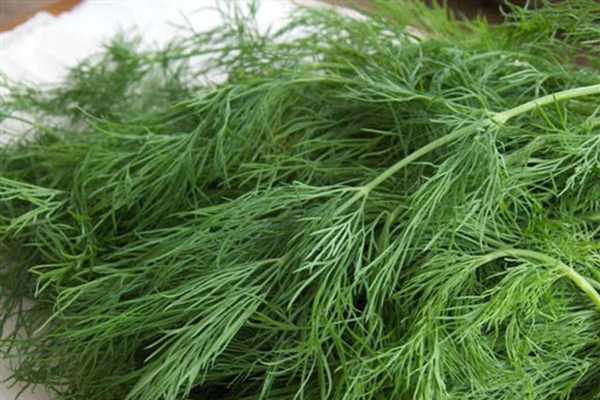
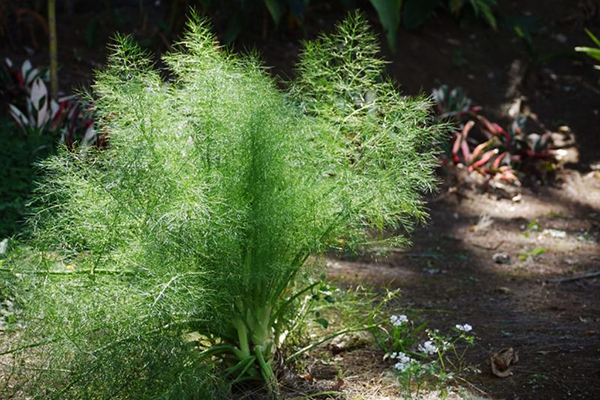
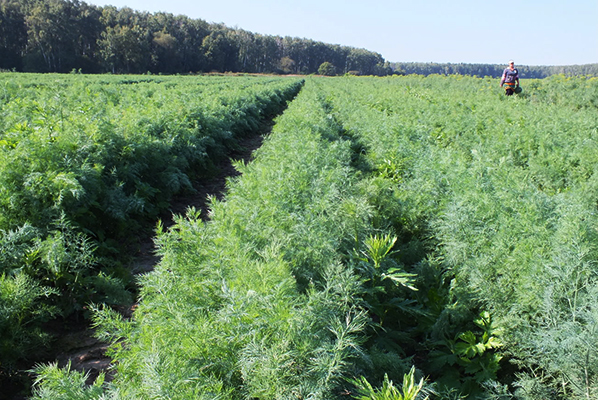
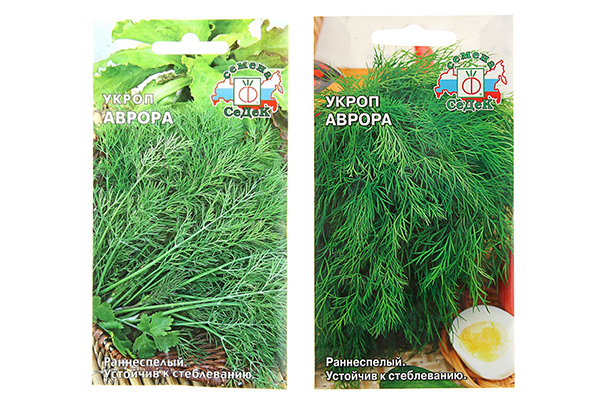

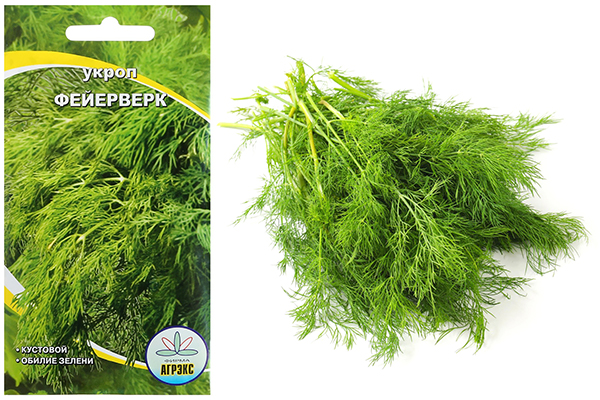
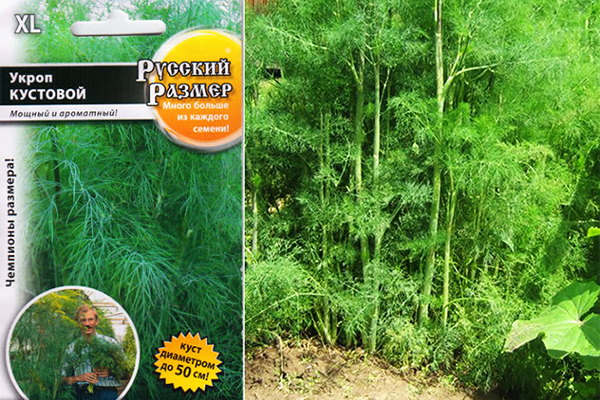
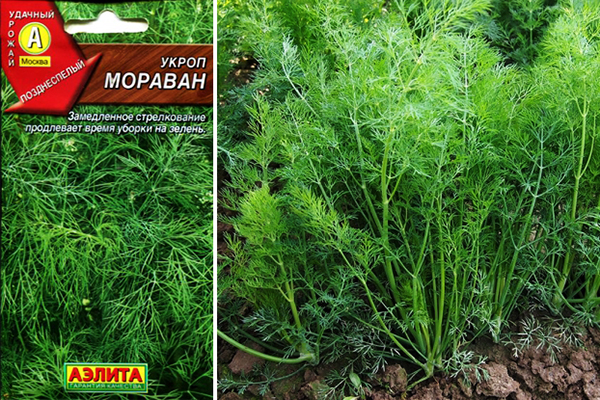
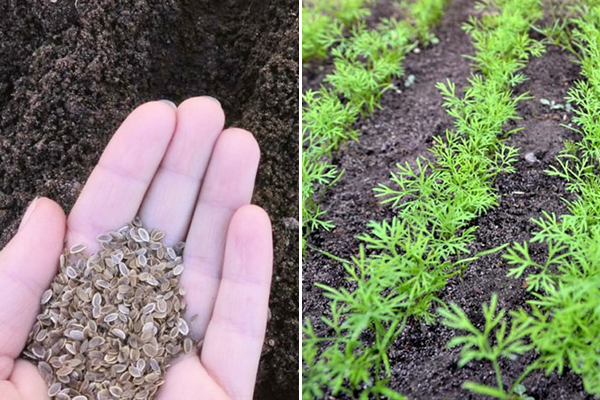
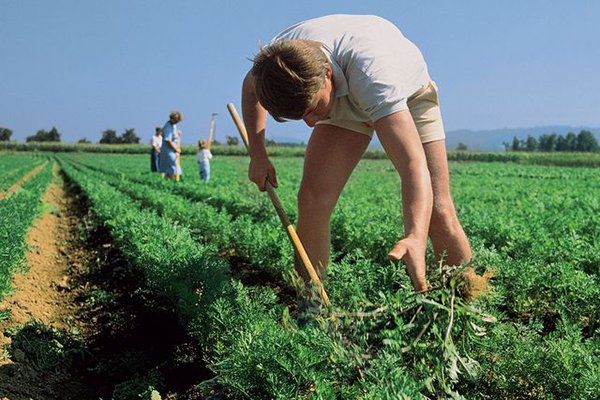
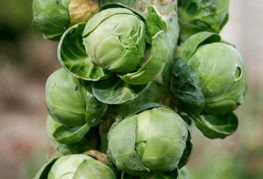


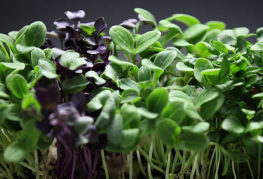
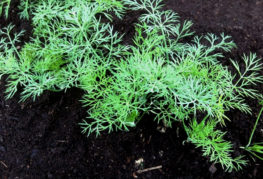
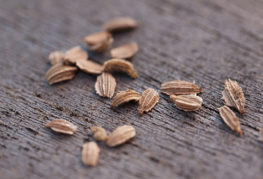
and will be published shortly.